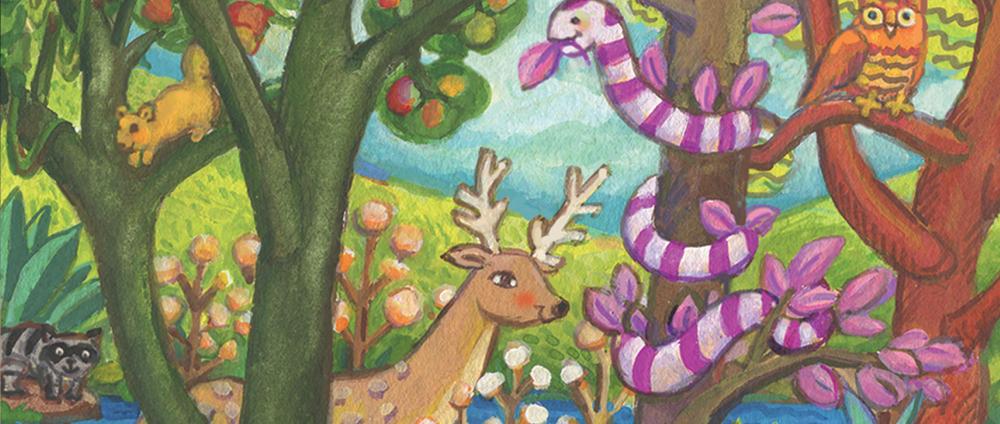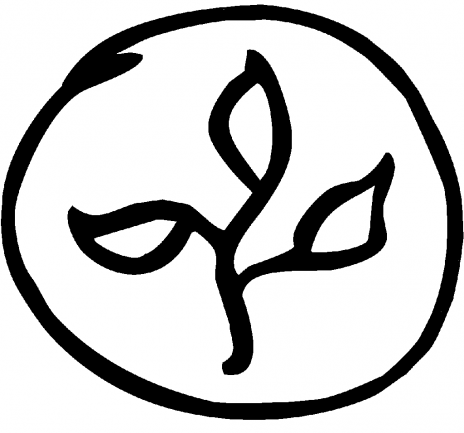
Creation: Skies and Seas, Plants and Trees
- Describe how God created each part of the world on days 1-4.
- Believe that the world didn't just happen by itself—God created it.
- Wonder at the beauty and variety of God's creation.
Leader Reflection
Genesis 1 offers us such rich perspectives on creation that we can’t begin to cover them all in one unit. But we’ll tease out the strands that most powerfully inspire kids to celebrate the overwhelming majesty, splendor, and riches of God’s awesome creation. We especially want them to experience their world as a magnificent gift from their gloriously loving Creator. That will prod them
- to praise and give thanks for God’s wonders;
- to place their trust in God to care for them too;
- to enjoy this big, beautiful world;
- to take good care of it.
God created the heavens and the earth. The Hebrew word barah means “to make out of nothing.” Point out how amazing it is that God is able just to speak stuff into being. Point out also that God creates order out of the original “tohu wabohu,” Hebrew words that, taken together, mean something like “all mixed up together in one big terrifying mess” (see Gen. 1:2; the NIV’s “formless and empty” is much too gentle.) Like a potter who first takes a glob of goopy clay and then starts molding it, God shapes the fiercely disordered chaos into a cozy, ordered, life-sustaining habitat for us. In a firmly methodical way, God issues commands that separate out day and night, sky and earth, land and sea.
The ordering process is emphasized through a recurring rhythmic pattern. Each time God
- gives a command,
- sees what was commanded,
- makes a judgment about this new thing,
- names it,
- and blesses it.
Each of these patterns is put to bed with the same refrain: “There was evening and there was morning—the [first, second, third . . .] day.”
First God creates light. How that is possible before there are heavenly bodies, Genesis doesn’t say--but it’s something interesting to wonder about. Next God creates a space dividing the waters above from the waters below. Then God creates the dry ground and the seas, good places where animals and humans can live. Notice, in each case, how the Creator takes what is chaotic and mixed-up (night, the waters, and the sea) and separates it, putting each thing in its rightful place. Then, because God continues to be in charge of it, the Creator gives it a name.
The fourth creative act is a bit different. God allows the land to bring forth plants—each separate variety continuing to reproduce itself. God does not permit chaos. Roses produce roses, not coffee beans. Like a newly cleaned house, there is a place for everything and everything in its place.
For a full understanding of God’s creating, we must wait until we come to the creation of human beings and the day of rest. So for now, let your class delight in the marvels of God’s beautiful world. Then turn heavenward to bring God the glory. That’s why God made our world in the first place!
Steps
Step 1 Breathe
Use this time to focus your attention on God.
Do this with me: calm your head, heart, and hands as you slowly breathe in . . . and out. (Demonstrate a few deep "in and out breaths" with eyes closed.)

Get Unlimited Access!
Sign up for DWELL Digital to unlock all online leader resources, printable pages and session plans.
Call 800-333-8300 or Request Access
Already a subscriber? Log In
Learn About DWELL
DWELL helps kids find their place in God's Big Story. Learn more about this popular and trusted children’s ministry curriculum.

